On Wednesday, the sea was glassy calm as a group gathered in the early morning at Cow Bay in Edgartown. They were there to prepare a North Atlantic right whale carcass for her journey to Aquinnah.
The 20,000-pound young female right whale was found Sunday drifting close to shore in Vineyard waters and was now headed to tribal land where a necropsy would be conducted to determine how she died.
Scientists said rope found near her tail suggests entanglement may have been a factor, but further investigation is needed. In any case, the death represents another blow to the critically endangered whale species, which has dwindled to fewer than 360 individuals in recent years.
The whale is estimated to be three years old, a fraction of the species’ expected lifespan of between 45 and 70 years. Since 2017, the National Oceanic and Atmospheric Administration (NOAA) has recorded 37 right whale deaths, most of which have fishing gear entanglement or boat collisions as a contributing cause. Only about a third of right whale deaths are documented, according to the agency.
The journey to Aquinnah would be two-fold: a tow by sea to the Martha’s Vineyard Shipyard in Vineyard Haven, and then a land transport up-Island.
The first step in the operation was to excavate the tail, the planned attachment point for the tug line. A group of workers from the International Fund for Animal Welfare (IFAW), who were leading efforts that morning, took their shovels to the sand, revealing deep tail entanglement scars at the slim point of the tail known as the peduncle.
It took five people to lift the tail, while three more pulled a thick nylon rope under the appendage as IFAW marine mammal rescue director Brian Sharp gave the cue: “pull, pull, pull!”
Meanwhile, the stout tugboat Thuban, periodically billowing white exhaust, chugged its way into the bay. Edgartown shellfish department employees delivered the whale rope out to the tugboat via skiff, the lines were married, and the operation proper began.
“You can go ahead and pull in the slack,” said IFAW stranding coordinator Misty Niemeyer, into her radio, and the nylon rope slowly slithered into the water.
The tail began to shift, and Ms. Niemeyer announced, “the whale is moving.”
The whale carcass was discovered Sunday by a person walking the beach, who called the IFAW and NOAA. Both organizations had officials at the beach this week, joined by environmental police and the Edgartown shellfish department.
Cold weather had arrested decomposition of the carcass, but by midweek a faint odor was beginning to emerge.
Adverse weather conditions and the positioning of the whale carcass had prevented officials from relocating the whale earlier in the week, as harsh wind and waves prevented prime tug conditions.
Difficulties remained even after the weather cleared Wednesday. Only about a quarter of the whale’s body had entered the water before a buoy line snapped, and the operation halted. The pause begat more problems — a snagged line, tangled on part of the boat — and a commercial diver had to be called in to untangle it.
Just after 3:30 p.m., operations recommenced. Ever so slowly, the whale slid into the water, and Thuban chugged away with its cargo in tow, headed for the Martha’s Vineyard Shipyard.
It was well after dark when the whale arrived in Vineyard Haven. The tow-line was passed from the Thuban to a small skiff captained by Mr. Sharp, who slowly maneuvered the body onto a set of four straps, a hydraulic lift typically used to bring boats out of the water.
On the first attempt, the whale slid off the straps and crashed back into the water. On the second try, though, the crew managed to lift the whale and roll it to dry land, where it was deposited on a flatbed truck. It spent the final leg of its journey on wheels, driven up-Island for the post-mortem examination.
The Wampanoag Tribe of Gay Head (Aquinnah) indirect services administrator Bret Stearns said the tribe plans to preserve the skeleton after the necropsy, the name for a post-mortem animal investigation, is completed.
The New England Aquarium keeps a catalog of living right whale individuals, but the one washed ashore on the Vineyard has yet to be identified.
While other dead right whales have washed up on Island in the past, Woods Hole Oceanographic Institution senior scientist Michael Moore said the location of this carcass is atypical.
“We’ve had a bunch on the south side, it’s unusual on the north side,” he said.
Conservationists lamented the whale’s death this week and hoped it would spur action to help save the species.
“This has been a tragic month for North Atlantic right whales, beginning with news of a calf seriously injured by a boat propeller and now the death of a juvenile female,” said aquarium scientist Philip Hamilton in a statement to the Gazette, referring to a recently injured whale off the coast of South Carolina.
“The time to implement bold protections to protect this critically endangered species from human-caused impacts is now if we are to avoid extinction,” he said.
A team with the New England Aquarium saw right whales south of Nantucket earlier this month and NOAA implemented slow zones for boaters. Right whales are often found in Cape Cod Bay this time of year and an acoustic monitor detected a whale more than 10 miles south of the Vineyard on Sunday.
Gib Brogan, the campaign director at the ocean conservation nonprofit Oceana, said it was devastating to hear about another dead right whale.
“This death is even more troubling when it is a female calf that could have gone on to have many calves of her own for decades to come,” he said. “The recovery of North Atlantic right whales cannot take any more setbacks.”

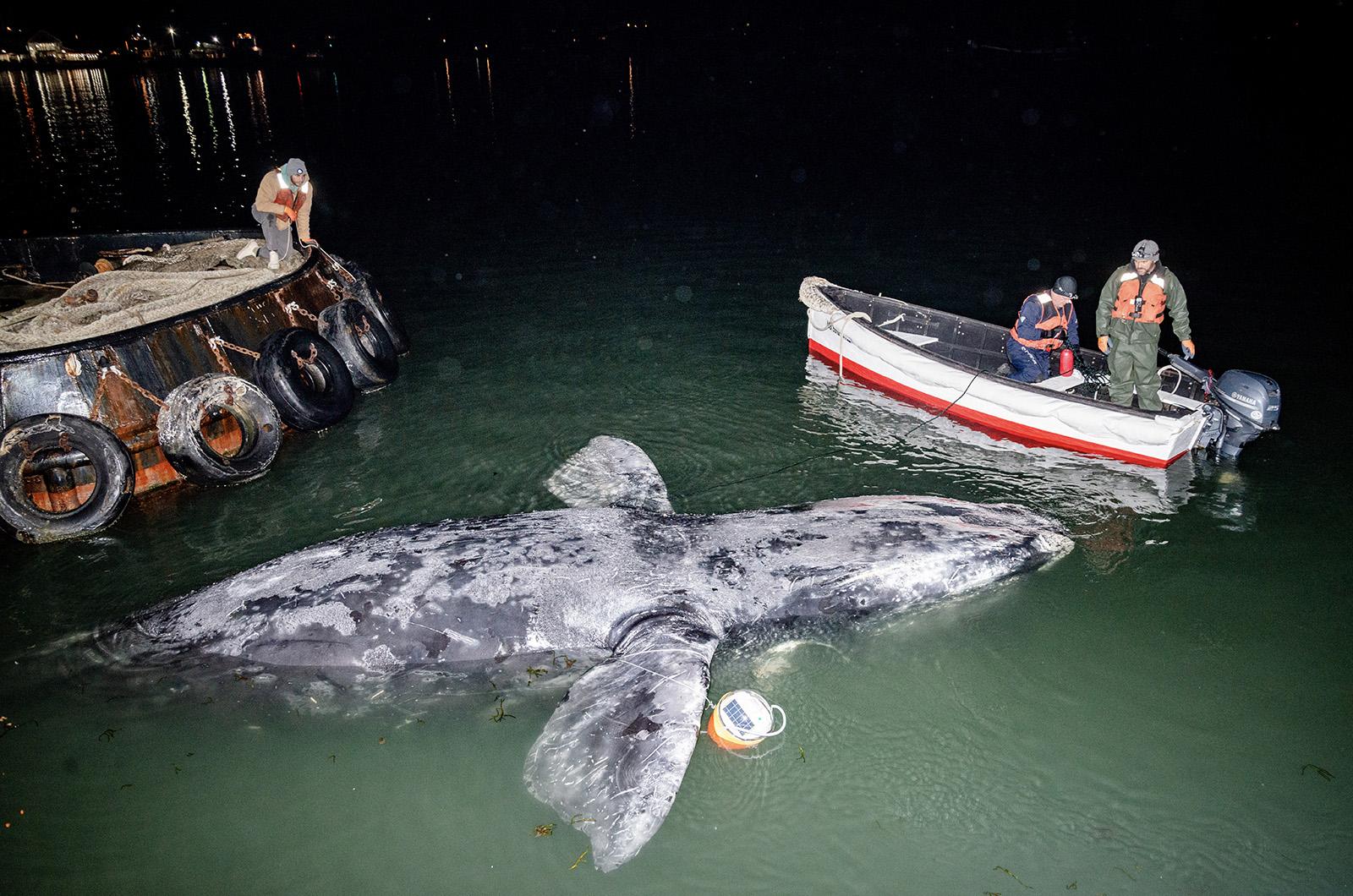
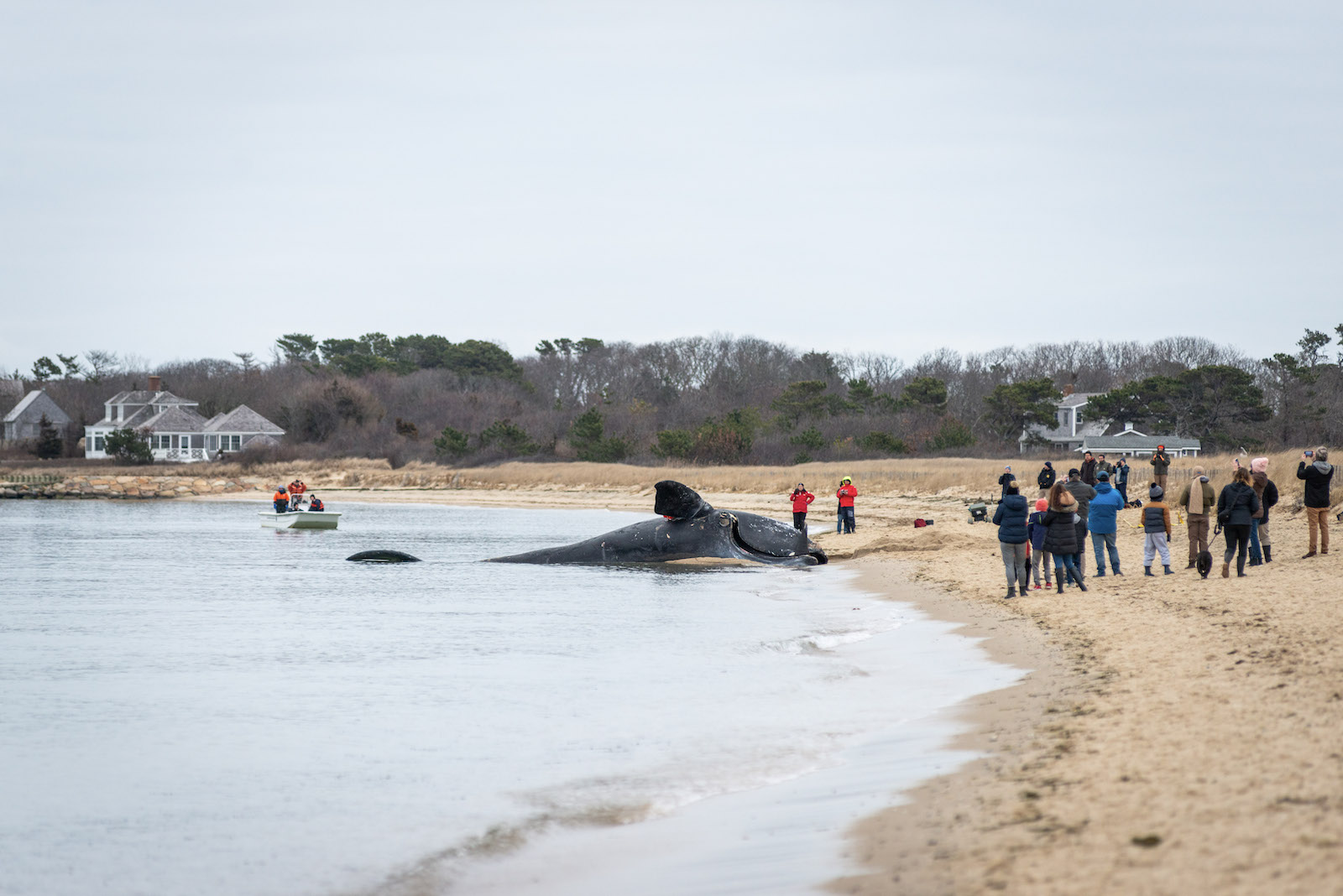
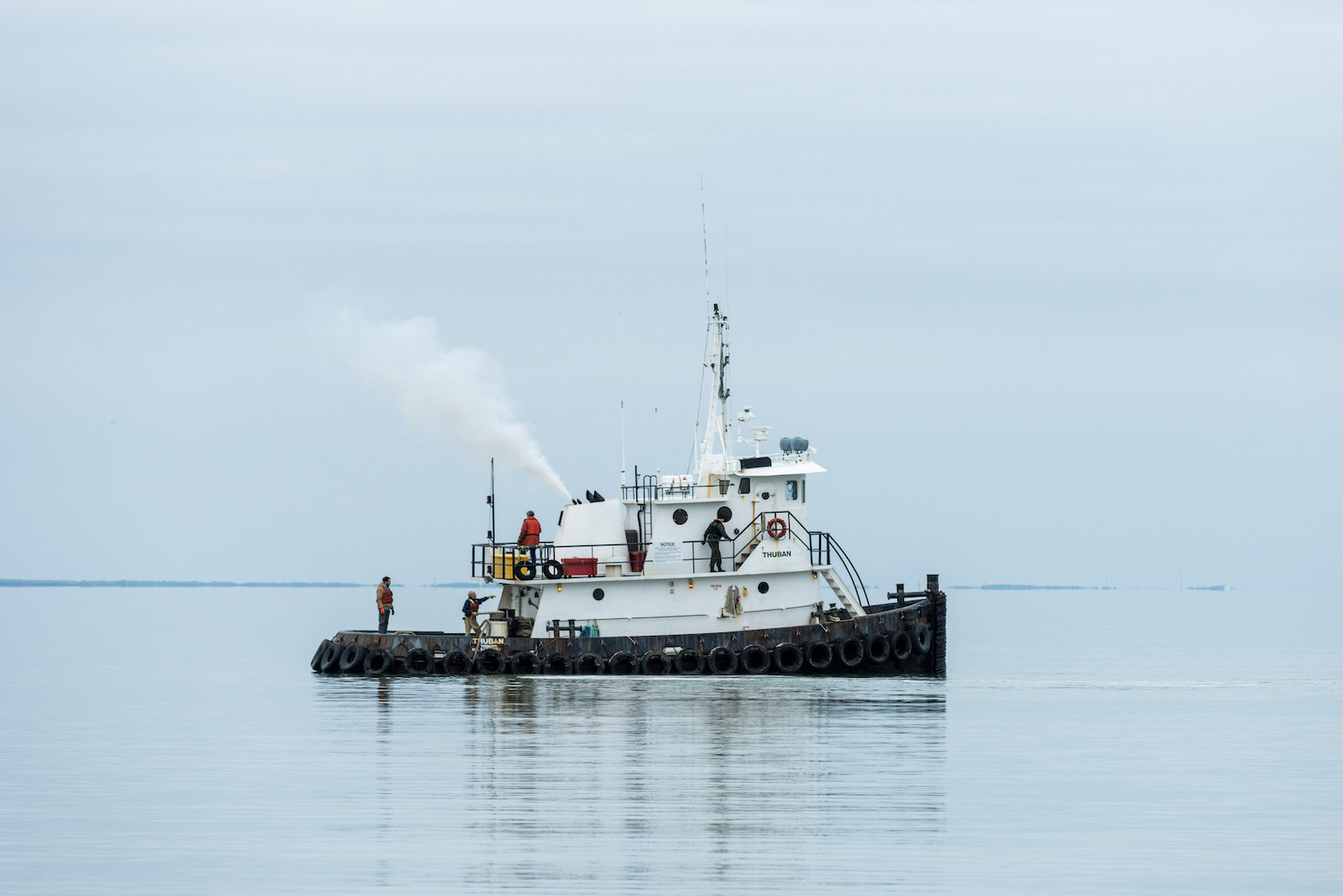
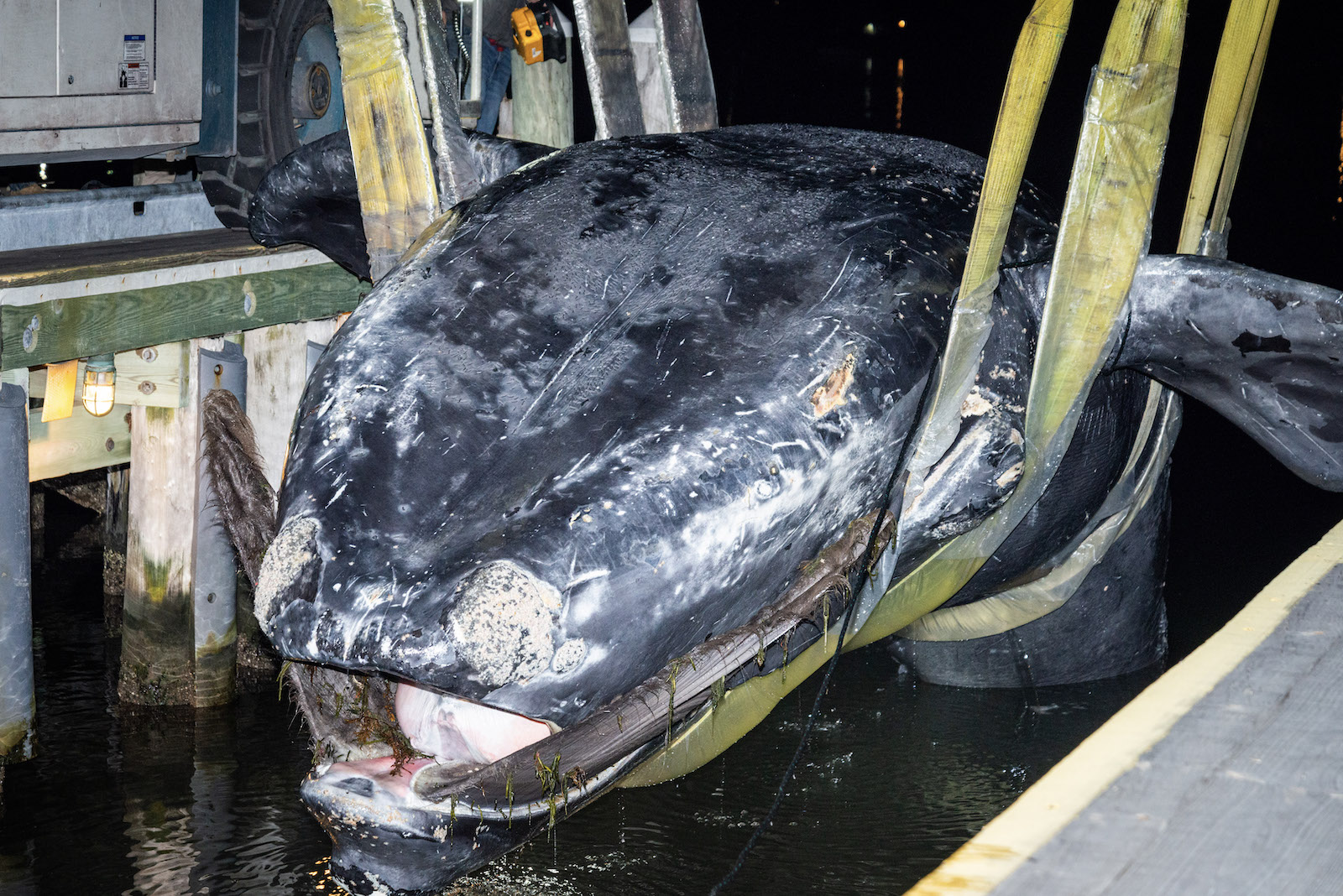
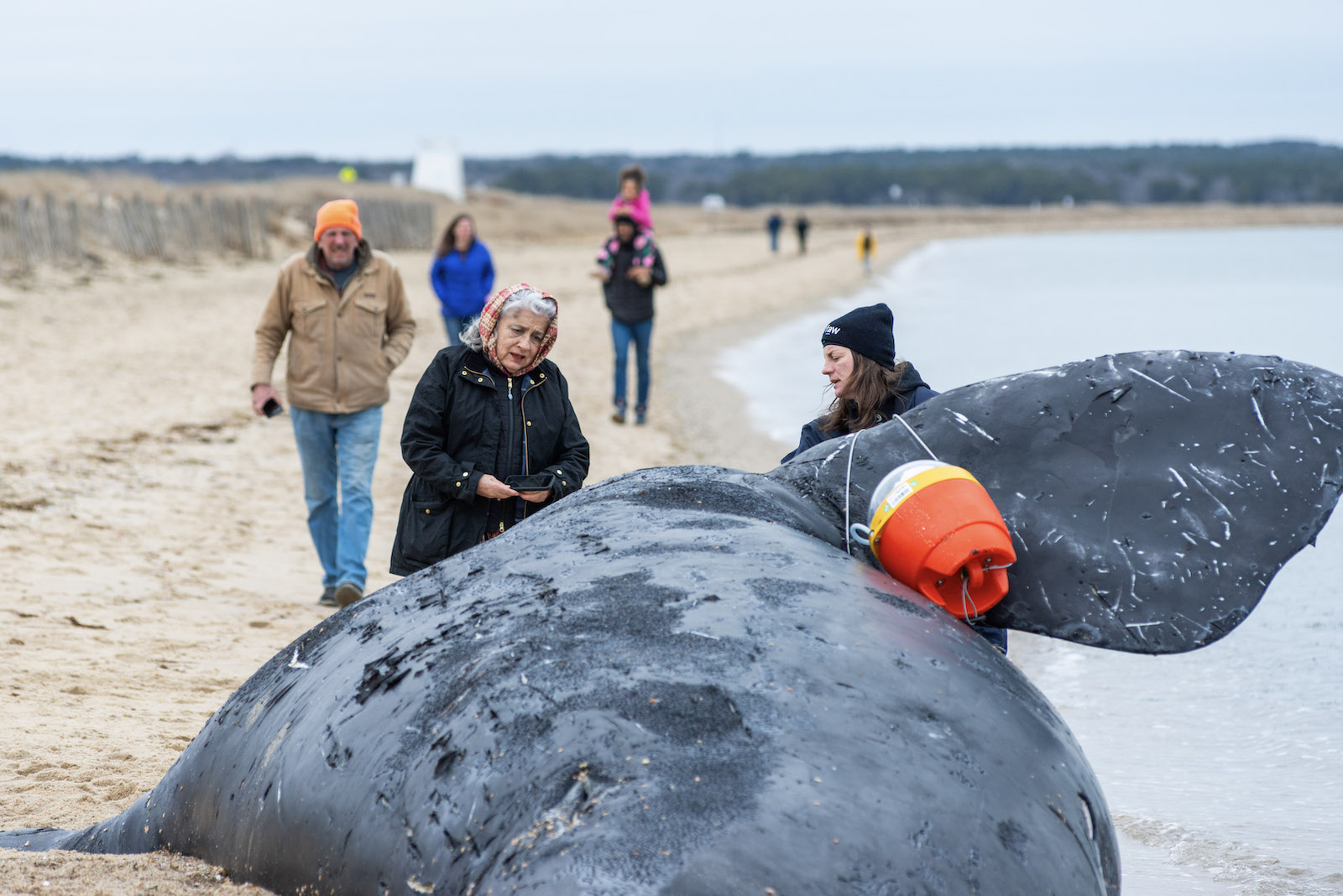





Comments (2)
Comments
Comment policy »